Hey Pluto, You're Back in Style
OK, I couldn’t resist, I had to do something about Pluto. Pluto, a diminished world, is now a superstar, residing at the very edge of our solar system, hanging out with its buddies in the Kuiper Belt where snowball-like objects call home.
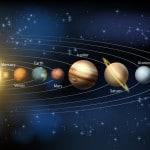
In January 2006 NASA, full of the excitement of exploration, fired off a huge Atlas V rocket to send out the tiny hero of this story, the New Horizons space probe. So small was this payload that it set an acceleration record traveling about 36,000 MPH into space and clearing our moon 8X faster than Apollo 11. It’s a nuke powered critter, and its power should last well into the 2020’s as it continues its Lewis and Clark like exploration.
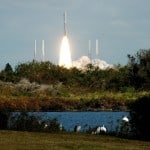
Now back on old earth, the International Astronomical Union, the gang responsible for safeguarding the science of astronomy, just 8 months after New Horizons had escaped “the surely bonds of earth”, downgraded Pluto to a dwarf planet and virtually kicked it out of our solar neighborhood. Damn!
But, about 9 1/2 years later, when New Horizons was knocking on Pluto’s door and all of a sudden, our black sheep planet is cool again. Despite being +/- 3.8 billion miles from us, the excitement of once again making the mysterious understandable has brought old Pluto back to the forefront of everything from social media to good old fashion newspapers.
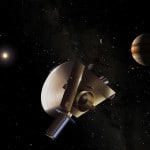
We are again explorers, listening for the faint whisper of knowledge. Pluto’s distance makes us a patient bunch. Pluto is located about 30 X earths distance from the sun and it takes a minimum of 42 minutes for just 1 photo to reach earthbound creatures. The voice of New Horizons can only be heard by the monster 70 meter satellite dishes and there are only three of those. New Horizons actually has to compete for phone time. Since New Horizons communication array can only point on direction, either towards Pluto or Earth, it has a tendency to build up a huge backlog of data, kind of like your email. But those of the science world that understand distance and data are used to the waiting game.
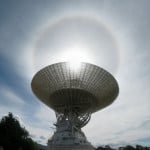
We’ve learned some interesting stuff:
- Pluto is bigger than we thought, though its new shoe size will not get it back in the Solar System fraternity. Remember those guys back at the IAU? They have three criteria for being named a planet: 1. Must orbit the sun. So far so good. This is why moons are not planets. 2. Must be spherical under its own gravity. Pluto is still looking good. This is why asteroids and comets are not planets. 3. Must have “cleared its own orbit”. Uh Oh! This is usually done by planets kicking stuff out of their way and poor old Pluto is hanging out with a bunch of other very cold stuff in its trip around the sun.
- There is surface activity on Pluto which probably means there is tectonic activity. The surface might be shaking.
- Pluto has some impressive atmospheric cycles, one of which almost surely brings snow. So if you’re up for a 10 year journey with no way home, you could be the first to cut a track on Pluto.
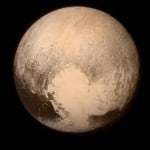
The New Horizon is part of a golden age where the exploration of our heavens has been nothing short of impressive.
- We have taken a very informative drive on Mars. In fact, the Opportunity rover on Mars, has been sending back important images for 11 years!
- The Wilkinson microwave probe has determined the age of the universe, about 13.7 billion years (give or take) and discovered that it is mostly made up of a mysterious substance called “dark matter”.
- We have landed on Venus, Saturn and the Saturn moon Titan.
- We have orbited the gas giant Jupiter and our sizzling neighbor, Mercury.
- We have cruised by Uranus and Neptune.
- We have dug around on asteroids and comets.
- We have even left our little clubhouse and entered interstellar space.
We have done this with an assortment of probes, rovers and robots, while our species remains on our goldilocks home.
I know that many of these accomplishments lack the romanticism of manned exploration, but we have advanced our technology so that our “equipment” has been taking the risk for us.
A manned mission to Mars remains in the plans, but despite advancement in just about every field of science, it still always seems to be 20-25 years away. The latest budget numbers being kicked around for this interplanetary excursion run anywhere from $100 billion to $500 billion while our little hero, New Horizons cost about $722 million.
In a world where most headlines would give anyone nightmares, our need to know, the pull of exploration and the sly smile that a solved mystery gives us provides us a sense of hope. New Horizons makes us once again look “UP” and on a starry night wonder, what might be next?
Source: Creative Ventures









